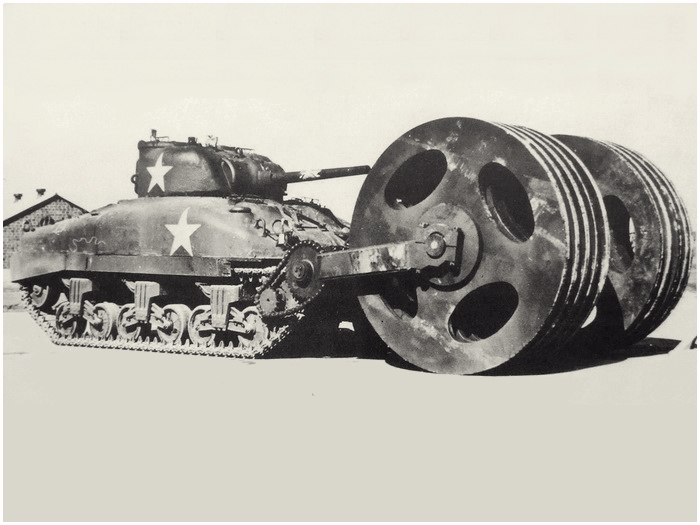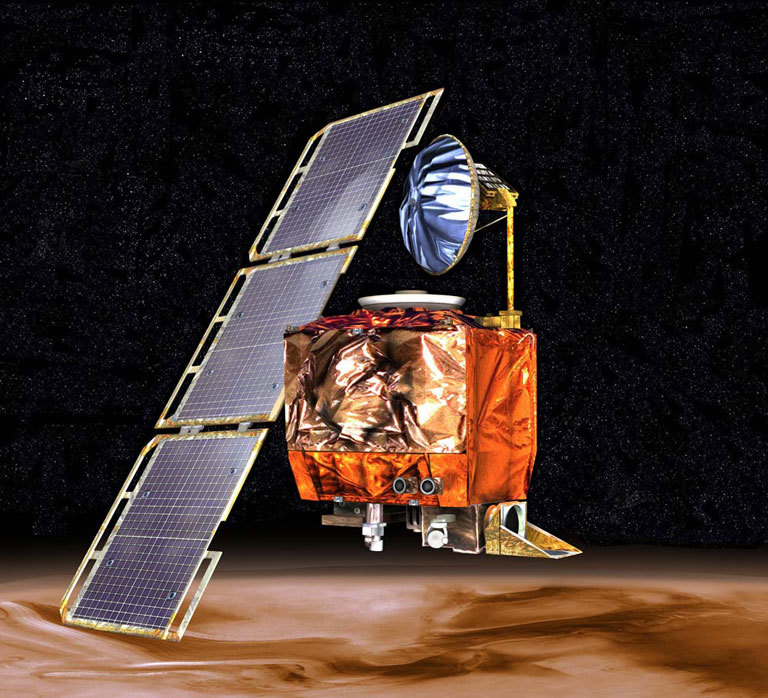And another choice.to the list of options one can add keeping the production line active but producing fewer complete units but of engineering models ,more spare parts and moving existing units to secondary theatres.
If the supply of main guns (e.g. 2pdr) cant keep up with production, then either
1) Do something else with the chassis, e.g. SP gun, SPAA, etc.
2) Turn out more spares.

